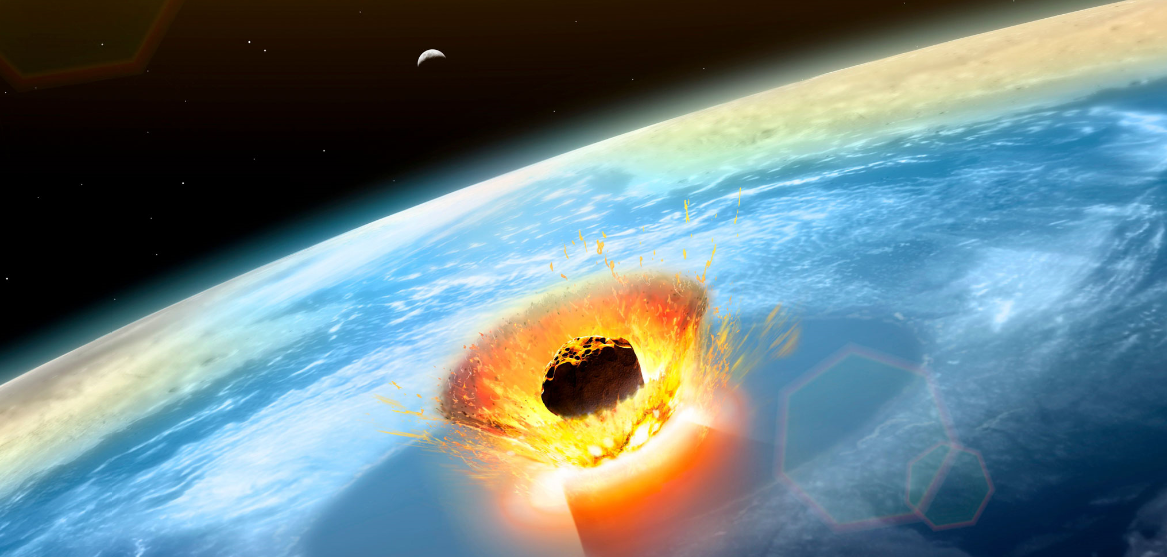
How many laps are there in each Formula 1 race? That was through the 50s and ‘60s, when the Indy 500 was a part of the championship. What’s the most number of laps in a single F1 race?įormula 1 drivers used to take on 200 laps of the Indianapolis Motor Speedway. In the case of a red flag, the race is likely to last over 2 hours. This can be longer if there are many Safety Car periods, where the cars slow down, or red flags, which pauses the race. Typically, a Formula 1 race will last between 80 and 100 minutes from start to finish. Therefore, the exception is made to run it to a shorter distance. Max Verstappen’s average sped when he won the 2021 race was 157km/h, compared to the 288km/h by which he won in Styria. Why the exception? A lap of Monaco is short, but slow. The Monaco Grand Prix is run to a distance of 260km, or 160 miles. A race must complete at least as many laps as it takes to get to that distance. The minimum length of a Formula 1 race is 305km, or 190 miles. Formula 1: Circuit lengths, race distances and number of laps What are the rules about race distances? Our handy guide lists the number of laps of Formula 1 races for the 2021 season, and answers any questions you might have about the length of F1 races. You will want to know exactly how many tours of the circuit the cars will make, and how many times they will pass your view. This also has an impact on fans in the grandstands at a race. That’s why you might tune in to one race on television that has 78 laps, and another the next week that’s set at 40 laps. This number of laps changes dependant on the length of the circuit, to ensure each race is roughly the same length of time. Unlike some other racing series, Formula 1 races are run to a specific distance, rather than time or a set number of laps. Circuits have character in abundance, whether they’re iconic tracks, or temporary street circuits. Mile to Kilometer Conversion Table Mile ġ5 mi, mi(Int) = 15 × 1.609344 km = 24.Find out how many laps each Formula 1 Grand Prix consists of, plus circuit length and race distances for every Formula 1 track.Įach and every Formula 1 race is unique. Unlike the United States, the UK has adopted the metric system while the metric system is widely used in government, commerce, and industry, remnants of the imperial system can still be seen in the UK's use of miles in its road systems. However, there still remain a number of countries that primarily use the mile instead of the kilometer including the United States and the United Kingdom (UK).

This definition is subject to change, but the relationship between the meter and the kilometer will remain constant.Ĭurrent use: It is currently the official unit of measurement for expressing distances between geographical places on land in most of the world. The origin of the kilometer is linked to that of the meter, and its current definition as the distance traveled by light in 1/299 792 458 second. One kilometer is therefore one thousand meters.

History/origin: The prefix kilo- is a metric prefix indicating one thousand.

One kilometer is equivalent to 0.6214 miles. Kilometerĭefinition: A kilometer (symbol: km) is a unit of length in the International System of Units (SI). There also exist a number of units based on, or closely related to, the Roman mile, including the nautical mile (1.852 km exactly), Italian mile (~1.852 km), and the Chinese mile (500m exactly).Ĭurrent use: Although most countries have adopted the metric system and use kilometers, rather than miles, to express land distance, the mile is still prevalently used in countries such as the United States (US), United Kingdom (UK), Myanmar, and Liberia, as well as some other countries which are either US or UK territories, or have historical ties with either country. The definition of a mile as 5,280 feet (or 8 furlongs), sometimes referred to as the statute mile, international mile, or land mile, which differs from the Roman mile of 5,000 feet, developed due to the importance of the furlong in England, back in 1593. The use of the abbreviation "m" for mile was common before the widespread adoption of the metric system after the adoption of the metric system, "mi" became the preferred abbreviation in order to avoid confusion between miles and meters. History/origin: The mile is an English unit (predecessor of Imperial units and United States Customary Units) of length. It is currently defined as 5,280 feet, 1,760 yards, or exactly 1,609.344 meters. Definition: A mile (symbol: mi or m) is a unit of length in the imperial and US customary systems of measurement.


 0 kommentar(er)
0 kommentar(er)
